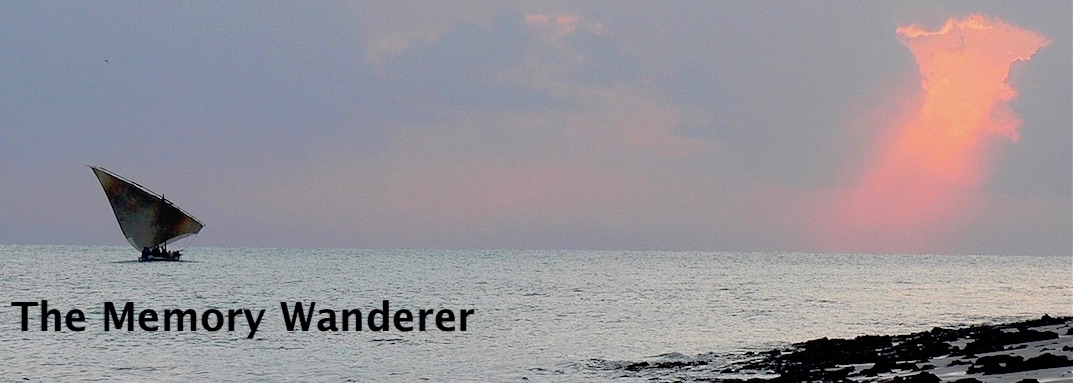Our Suffolk view, which consists of a lot of sky, made us realise that a good view isn't simply about looking a distance, nor are slow, colourful sunsets sufficient: a view has to have life beyond flights of crows and pigeons.
The first house I lived in which had a living view was the Hoey house on the coast north of Mombasa. Across its wide lawn, through the obstruction of several trees, we glimpsed the colour patterns of a distant tropical ocean. As small boys that view wasn't something which we sat and looked at, it beckoned us, so we were forever running across the lawn and straight out onto the heat of a coral white beach, where we spent every moment of our day.
That view lived, in that it changed with the time of day, as the trade winds brought sharp showers and, every now and then, when it really came alive as brilliant yellow weaver birds visited the birdbath, when monkeys moved through it and, although I never saw them, when the Nyali buffalo herd paid a visit.
The first view I just sat and watched for hours at a time was this one, from the next house we had, at the end of Cliffe Avenue in Mombasa. Not only did it look out across the Indian Ocean, with its reefs, rolling seas and changing skyscapes, it oversaw a steady procession of ships, from cargo, passenger and warship to the various Swahili and Arab sailing boats -
jahazi,
mashua,
ngalowa and
dhow. We also watched a procession of humans - golfers, people enjoying a slow drive along Azania Avenue, the Indian community which came by car to stop and mingle and talk on a Sunday evening - and wildlife, including the brown kites which swooped to snatch the golf balls, perhaps thinking they were spare eggs.
So we sat with our friends on the downstairs veranda, sipping drinks, eating roasted cashews and raisins, and watching the slow unfolding of this view while we listened to records played on my father's HMV deck in the sitting room behind us - Scheherazade, The New World, Elvis, The Everly Brothers, Connie Francis.
It took me over thirty years to find the equal of that view.




















































